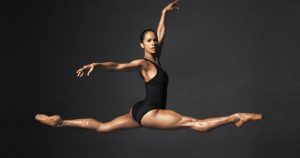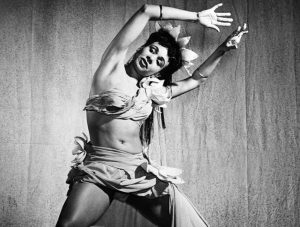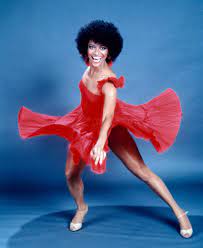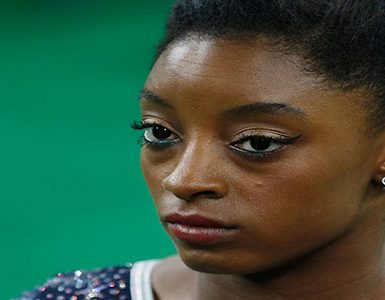A lot of young girls aspire to be ballerinas. I’ve been a ballerina/dancer for 13 years and love everything about it. Ballerinas, in my opinion, do not get enough credit for what they accomplish since it is unquestionably difficult. Ballet was created as court entertainment during the Italian Renaissance. In the 15th and 16th centuries, ballet became more codified. Balletto is an Italian diminutive of the ballot, meaning “to dance, to jump about.” Its vocabulary is based on French terminology. Ballet developed under the aristocratic influence as a formalized form of dance. A formal dance technique is combined with costumes, scenery, and music, like other forms of artistic elements. Ballet integrated dance, music, stage design, and poetry to make a dramatic storyline.
Although ballet may seem like an easy activity to partake in, it is not always as black and white as what the public sees. Lots of hours of hard training and practicing routines can be exhausting for some people, but it is all worth the result when you see yourself performing on stage and know you have accomplished something so great. As a dancer, I know the feeling of hearing the crowd clap for you or the adrenaline before you go on stage at a competition.
Most of the time in the media, you rarely see dancers (especially ballerinas) in different colors. African American dancers have not always had it easy in the dance world. Ballet has been slow to accept African-American dancers in major companies, and those who make it tend to be offered limited roles. Racial discrimination has always held them back from being exceptional and going on to do great things. However, it is a big reason to celebrate the dance world, and also a great time to call attention to Black female choreographers and dancers who are dominating the industry. Some of these women are icons that paved the way for other Black dancer’s careers and others are colleagues who are adding to the present and future of dance. Here are some of the most influential African American women in the world of dance.
Misty Copeland
One of the most famous prima ballerinas is Misty Copeland. She didn’t begin ballet until the age of 13, but she is now so amazing at what she does. Misty Copeland was able to become the first African American principal ballerina for the American Ballet Theatre (ABT) in July 2015. I saw her perform in person at the Kennedy Center in 2015, and she was truly amazing to watch.
Katherine Dunham
Another big figure for Black girls in the world of dance is Katherine Dunham. She was one of the first performers in the world of dance. Her style of dance was a combination of cultural, grounded dance movements with elements of ballet. In the 1930’s she studied the dance cultures of the Caribbean and she returned to America with what she had learned, creating a new style that combined the rhythms of cultural dances with elements of ballet. Her dance company toured the world for 2 decades. Her dance style is still used today and it is called “Dunham”.
Debbie Allen
Debbie Allen is a woman who has made it possible for young Black girls to pursue a dance education. At the age of twelve, she was denied admission to the Houston Ballet Academy solely because of her skin color, even though she had an enormous amount of talent. When Allen was sixteen, she auditioned for the North Carolina School of the Arts, but she was denied admission once again due to not having the preferred body type to do ballet. These encounters inspired her to establish the Debbie Allen Dance Academy in Los Angeles, California. She offers dance education to children of all colors and ethnic backgrounds. She even offers classes for people who can’t afford to pay for their dance tuition.
because of her skin color, even though she had an enormous amount of talent. When Allen was sixteen, she auditioned for the North Carolina School of the Arts, but she was denied admission once again due to not having the preferred body type to do ballet. These encounters inspired her to establish the Debbie Allen Dance Academy in Los Angeles, California. She offers dance education to children of all colors and ethnic backgrounds. She even offers classes for people who can’t afford to pay for their dance tuition.
Raven Wilkinson
Raven Wilkinson went on to become the first African American to dance for a classical ballet company. Wilkinson broke the color barrier in 1955 when she signed a contract to dance full-time with the Ballet Russe de Monte Carlo. She remained with the company for six years and even got promoted to being a soloist during her second year. She later became a mentor to Misty Copeland and presented her with the 2014 Dance Magazine Award.
a mentor to Misty Copeland and presented her with the 2014 Dance Magazine Award.
All of these women have changed the world of dance tremendously and given hope to young Black girls who dream of becoming professional ballerinas. These women are proof that race should not prohibit you from chasing your dreams and living your life to its fullest potential.
My dance experiences have always been positive because the studios where I have danced have been predominantly African American. Having diversity in the dance world is good because things need to be switched up sometimes. African Americans bring new styles to dance that other races do not have because they simply don’t know about these other styles. Every young Black girl should have a place where they can pursue any activity they wish to that does not discriminate due to their skin color.
History of Ballet: http://www.dancefacts.net/dance-history/history-of-ballet/


















Amazing article and very informative!
Wonderful Kayla.I am truly proud of you cuz.You are very smart and talented.Please continue to follow your dreams.You are amazing!
CONGRATULATIONS
KAYLA LOTT ON YOUR INTERNSHIP WITH THE DC VOICE.